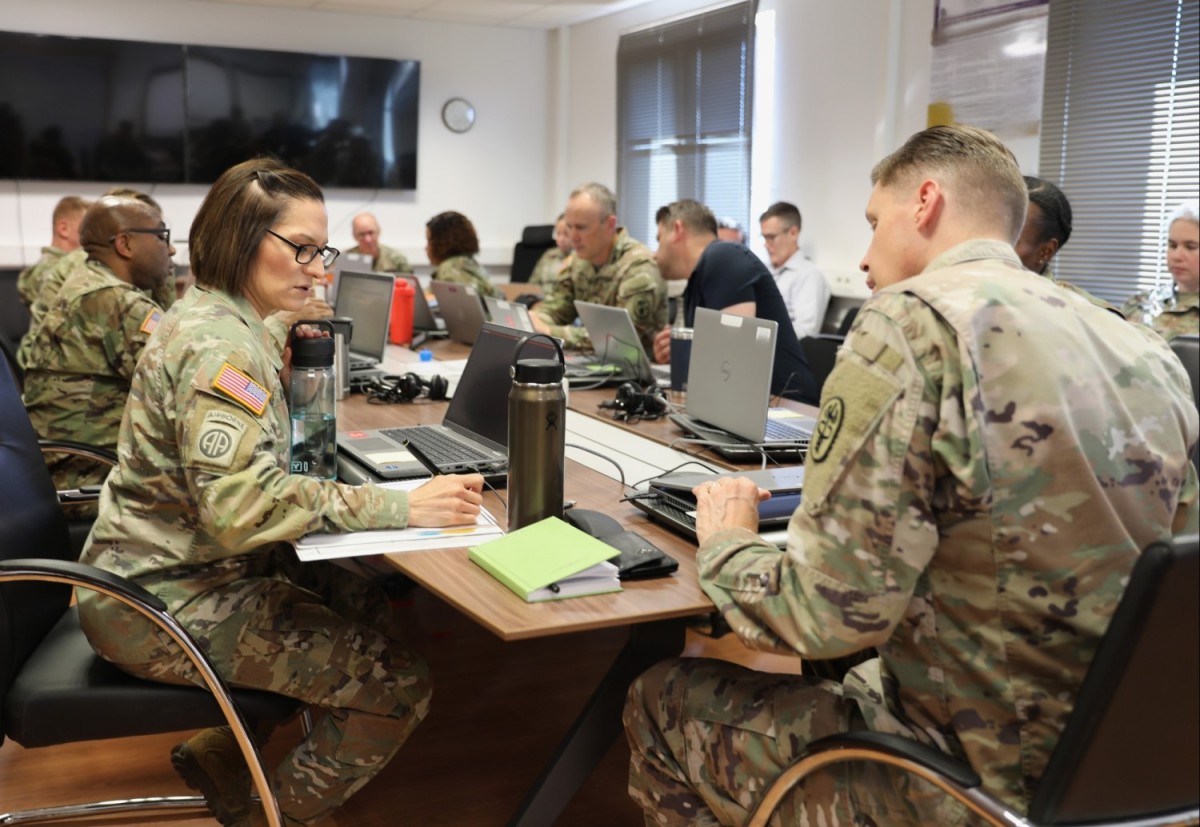DEFENDER 25: A Comprehensive Insight into Army Medical Readiness Exercises
A Command Post Exercise in Europe
Recently, in Sembach, Germany, the U.S. Army Medical Readiness Command, Europe, along with various other Army theater medical assets, participated in the DEFENDER 25 Command Post Exercise hosted by U.S. Army Europe and Africa. This significant event is part of the larger DEFENDER 25 exercise taking place across the European theater throughout May and early June.
The DEFENDER 25 exercise represents a pivotal moment for the U.S. Army, emphasizing its readiness and strategic capabilities within the European theater.
The Role of Medical Forces
Central to the DEFENDER 25 exercise is the medical portion, aimed at sustaining a ready medical force. This entails preparing to deploy resources forward into operational theaters effectively. Among the critical tasks this medical force manages are:
- Movement of Wartime Casualties: This includes not only military personnel but also military working dogs.
- Blood Product Management: Ensuring that essential blood products are readily available in forward areas.
- Bed Expansion: Executing rapid bed expansion requirements during large-scale simulated combat operations.
In the words of U.S. Army Brig. Gen. Roger Giraud, commander of Medical Readiness Command, Europe, having a prepared and responsive medical force is "critical for success in Large-Scale Combat Operations." His emphasis on rapid deployment highlights the need for immediate combat casualty care facilitated by efficient casualty management and evacuation protocols.
The Significance of Effective Logistics
Robust logistics underpin the success of military operations, and this is particularly true for medical readiness. General Giraud pointed out that maintaining a reliable supply chain for blood products in forward areas is essential for effective hemorrhage control and resuscitation. He also stressed the necessity of executing rapid bed expansion during surges in casualties to prevent medical facilities from becoming overwhelmed.
This logistical prowess directly impacts not only the survivability of soldiers but also the overall success of missions in complex and demanding operational environments.
Scale of DEFENDER 25
Set against a backdrop of international cooperation, DEFENDER 25 is the largest annual deployment of U.S. Army resources into the European Theater, involving around 25,000 service members from the U.S. and its allied nations. This multifaceted operation encompasses participation from:
- 29 Allied and Partner Nations: Cultivating deeper relationships and interoperability.
- 18 Host Nations: Facilitating ground, air, and logistical support for operations.
- 3,000 Pieces of Equipment and More than 5,000 Troops: Representing the vast capacity of U.S. forces to mobilize efficiently.
The exercise not only demonstrates military might but also reinforces the importance of allied and partner networks.
Command and Control in Practice
Led by U.S. Army Europe and Africa, DEFENDER 25 focuses on strategic deployment while emphasizing interoperability between U.S. forces and NATO. Throughout the exercise, the 68th Theater Medical Command provided command and control of around 500 soldiers engaged in a field hospital exercise (HOSPEX) across multiple locations in Lithuania.
The HOSPEX not only served as a training ground but also showcased U.S. Army capabilities in rapidly deploying combat power in Europe. This synchronization of command and control between U.S. and NATO forces underscores the importance of integrated operations in modern warfare.
Field Hospital Operations
Within the DEFENDER 25 framework, the 519th Field Hospital and several other units demonstrated significant capabilities. These included:
- Role 3 Medical Support: This higher-level care facility can handle surgical cases and serious injuries.
- NATO Role 2 Enhanced Capabilities: Providing essential medical services while coordinating with allied forces.
- Rapid Response Units: Such as the 7384th Blood Support Detachment, which enhances the logistical capabilities and medical readiness.
Every unit plays a vital role in ensuring comprehensive medical support during exercises and real-world contingencies.
Humanitarian Values at the Forefront
The exercises also highlight humanitarian values central to military ethics. U.S. Army Soldiers working alongside their Lithuanian counterparts to transfer a NATO soldier during a medical exercise underscores the commitment to caring for service members and valuing human life. This collaboration embodies the spirit of NATO’s ethos, reinforcing the importance of joint effort in maintaining peace and security.
Through comprehensive training and preparedness in exercises like DEFENDER 25, the U.S. Army and its allies ensure that they are not only ready for combat operations but also equipped to provide essential humanitarian care to those in need.
This article reflects a dedicated and well-organized effort to enhance military readiness and interoperability, ultimately fostering a more secure environment in the face of evolving challenges.


